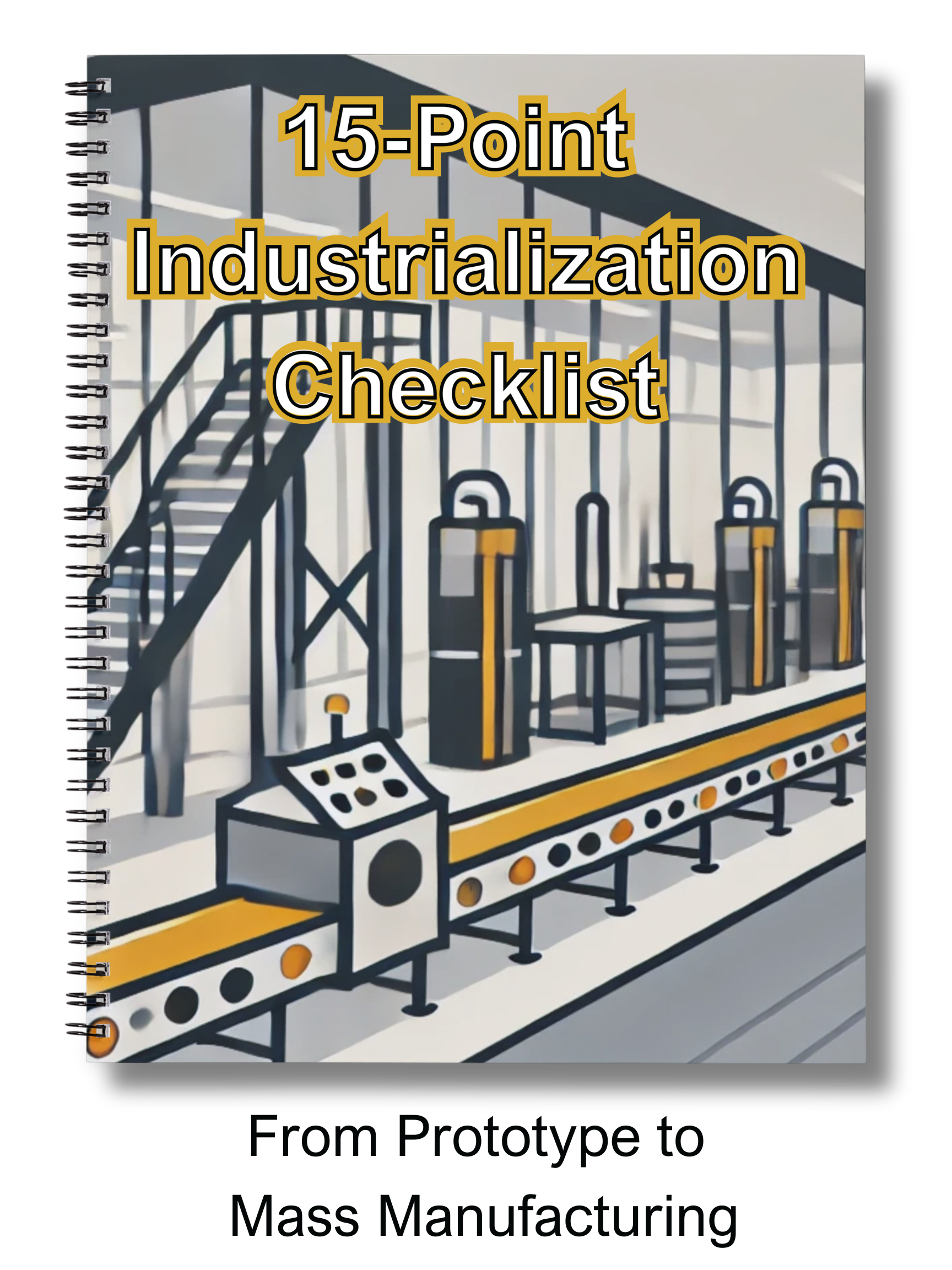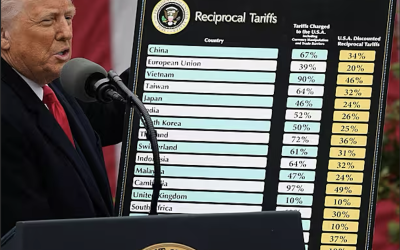At Seraph, we’ve helped navigate hard-tech startups through the treacherous journey from prototype to high-volume production. It’s much harder than every founder and early team expected. As more companies approach the critical scale-up phase, we’re sharing our tips to avoid the costly pitfalls that can prevent the realization of promising futures.
One step closer to the future?
With the passage of the FAA Reauthorization Act and an influx of capital, eVTOL (electric vertical take-off and landing aircraft) manufacturers are looking towards the future….and an operational ramp-up. There’s no question this is exciting technology; air taxis are here (soon, anyway) along with cargo and regional transit options, all bringing groundbreaking change to their respective industries. The engineering is awe-inspiring, but the hard work is just beginning.
Whoever gets this right may end up at the top.
This is already a competitive market, with over a dozen companies in the U.S. alone entering the space. Investors see the very real opportunities. Now that we’re one step closer to the shortest trip to the airport you’ve ever had, it’s time to start building en masse. It’s not always the most highly engineered technology that takes the lead; it’s quickly getting product out of the manufacturing facility and into the market at the needed volume, safety, and quality. Design for manufacturability isn’t usually the first thought of those with the next big idea, but it often dictates who becomes the market leader. However, success requires more than just building the perfect manufacturing line with a readily assembled product; it also depends on effectively managing material flows, suppliers, and teams.
It’s harder than it looks.
“Compared to the insane pain of reaching high-volume, positive-margin production, prototypes are a piece of cake.” – Elon Musk
He’s right. Is this because designing production lines is more complex than creating the prototypes? No. It’s because many start-ups assume the rest is easy, focus only on product design, and lack humility when converting to mass production. Designers and founders often struggle to accept that there may be a better way or even an understanding of, or value in, manufacturing fundamentals. But it’s always about the fundamentals.
Right person, right role.
Building the right team is crucial. Investing in the right team with the right experience can make or break a new launch. Critically, leadership at all levels should have the expertise to lead a team in the launch and post-launch phases. This may seem obvious, but brand-new launches may not be the best time to take a chance on critical roles to save on the payroll budget. For example, a recent startup hired many inexperienced key purchasing personnel. The management team needed more years of experience, or the role was a promotion for the new hire, hobbling the team. This resulted in several sourcing decisions that either didn’t consider the all-in supply chain cost (transit and stock levels required) or left the company with significant quality and delivery issues they were not equipped to deal with on a widespread level.
Download Our Launch Checklist

Equipping the team is a must and is often undervalued.
At lineside, one-and-done or brief training periods don’t work; companies should commit to more extended training and working alongside lineside team members until a significantly developed team is in place. We’ve seen many start-ups provide half-hour training, resulting in slowed line speeds and quality issues. Unfortunately, teams often make do or create workarounds for processes they don’t understand, exacerbating the problems.
Alongside that commitment to training, there must be a sense of ownership at all levels. Taking ownership means being able to commit to achieving goals. We only know what we are achieving through measurement. Performance should be measured across all departments and specialties. Lineside throughput is usually measured well, but measurement needs to improve in other areas. You can’t know if you win if you don’t see the score. If companies wait for financials, they’re going to be unpleasantly surprised.
Lack of supplier evaluation leads to surprises.
New companies tend to select low-cost suppliers to keep costs down without fully understanding their capabilities. As a result, start-ups end up with quality and delivery issues from suppliers not equipped to handle the complexity or the volume. Detailed evaluations of the supply base are critical and should be required as part of any sourcing package. If a mediocre supplier evaluation isn’t a deterrent to a slight piece price difference, companies should understand there’s a high likelihood they will pay this difference in expedited freight fees and the cost of poor quality.
Many new companies cannot access the traditional Tier 1 suppliers in their industries and turn to smaller or niche suppliers with technical capabilities that have never been industrialized at any scale. The new companies underestimate the “hands-on” management required to ensure these suppliers execute their program management system and build a capable industrialization plan. The Supplier Development Team must monitor these suppliers very closely.
What to do now
The temptation to avoid spending on outside support and engaging experts is strong, but it is often more costly in the long run. Expedites and the need to hold higher inventories alone can quickly outpace the cost of support. Moreover, this situation can lead to burnout experienced by those on the ground, resulting in turnover. Companies like Seraph can help. They provide pre-sourcing assessments that cover production, logistics, and quality.
About Seraph
Thanks to our team of specialized operational consultants, Seraph can work alongside manufacturing operations and act as a support structure to add value from day one. Our advisors are former management at many suppliers and OEMs and are experts in production and operational efficiency. Contact us to schedule a discovery call, or see our case studies for more information.
Seraph is a global operations and strategy consulting firm, that leads value chain improvements, restructurings, and turnarounds. We unite the disparate roles in operationally intensive businesses to create efficient operations, bridging the divide from concept to production. High-level decision-makers in manufacturing and industrial organizations rely on us to solve complex issues and launch initiatives that ensure success and sustainable change.
Authors

Jennifer Sullivan
Senior Consultant

Jack Caccioppo
Managing Director





